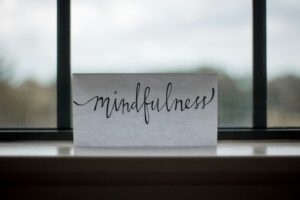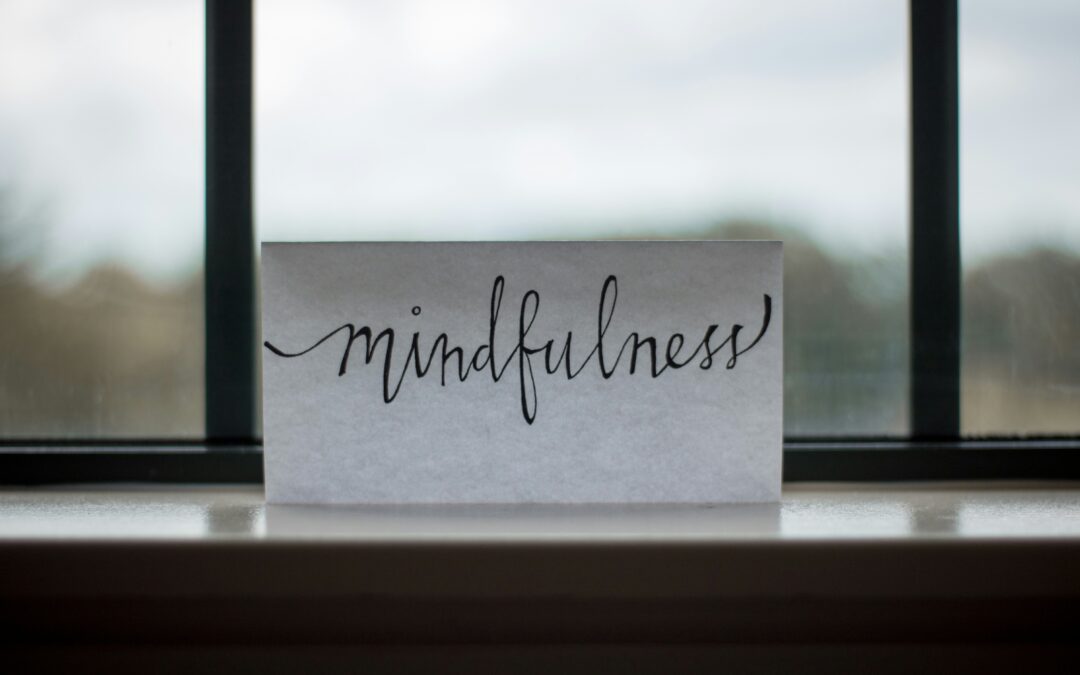
In the fast-paced world of professional women, stress and anxiety can feel like constant companions. Deadlines, responsibilities, and the pressure to excel in all areas of life can easily lead to feelings of overwhelm—and for some, even panic. If you’ve experienced anxiety or panic attacks, you know how paralyzing they can be. But quick mindfulness practices, rooted in being fully present, can help you regain control, calm your mind, and reduce these difficult emotions.
What is Mindfulness?
Mindfulness is the art of anchoring yourself to the present and taking in information through all of your senses without judgment. It means letting go of worries about the future or regrets about the past and tuning into the “now.” When practiced regularly, mindfulness can rewire the brain to respond more calmly to stress, making it an incredibly powerful tool in managing anxiety and panic.
How Mindfulness Helps Reduce Anxiety and Panic
When anxiety hits, it’s often because our minds are racing, spiraling into worst-case scenarios. Mindfulness helps you ground yourself by focusing on your body, breath, and surroundings rather than your anxious thoughts. This shift in focus can stop the escalation of anxiety before it turns into full-blown panic.
For professional women who have experienced trauma, especially chronic, relational trauma, mindfulness also allows you to process emotions in a safe, non-judgmental space. This can help break the cycle of negative thinking and give you the emotional regulation tools you need to face anxiety head-on.
Quick Mindfulness Practices to Try
Here are a few easy ways to incorporate mindfulness into your daily routine, even if you’re on the go.
Grounding Breath
When you feel anxiety starting to build, try this simple breathing exercise:
1. Sit or stand comfortably.
2. Take a deep breath in through your nose for a count of four.
3. Hold the breath for four counts.
4. Exhale through your mouth for another count of four.
5. Repeat this cycle 5–10 times.
Focusing on your breath slows your heart rate by activating your parasympathetic nervous system and signals your body that you’re safe. This can stop symptoms of anxiety from further escalating.
Body Scan Meditation
This practice helps bring your attention back to the present moment and can release tension stored throughout your body.
1. Find a quiet place and sit or lie down comfortably.
2. Starting at your toes, bring your attention to each part of your body, noticing any sensations without judgment.
3. Slowly work your way up to your head, focusing on how each part of your body feels.
4. If your mind wanders, gently guide it back to the sensations in your body.
This technique can be particularly useful during moments of panic when you feel disconnected from your body.
5-4-3-2-1 Grounding Technique
When panic begins to rise, this technique helps anchor you in the present by focusing on your senses.
1. Look around and name 5 things you can see.
2. Name 4 things you can touch.
3. Name 3 things you can hear.
4. Name 2 things you can smell.
5. Name 1 thing you can taste.
By doing this, you shift focus away from your anxious thoughts and into the tangible world around you.
Mindful Journaling
Journaling is a powerful way to work through anxiety. Set aside 10 minutes each day to write about how you’re feeling. Focus on being honest and non-judgmental with yourself. You don’t need to “solve” anything in your journal; just observe and describe your emotions. This process helps you externalize your anxious thoughts, making them feel less overwhelming.
How to Start a Mindfulness Practice
While practicing mindfulness may seem simple, it can be really challenging to let go of distractions and focus when you first begin. If you’re new to mindfulness, start small. Start with one minute at a time, and work up to more as it feels more comfortable. Commit to practicing at least once per day for 5 minutes a day, using exercises such as focused breathing or body scan meditation. You don’t need to carve out large chunks of time to experience the benefits—quick mindfulness practices can be short, simple moments that you can incorporate throughout your day, like while you’re having your morning coffee or walking to a meeting.
A Gentle Reminder
Coping with anxiety and panic is a challenge, but it is one that you don’t have to face alone. Mindfulness is a tool that can help, but it’s also important to reach out for support if you need it. As a professional woman who has experienced trauma, you are deserving of care, peace, and healing. Incorporating mindfulness into your routine is a step towards reclaiming that calm, no matter how busy life gets.
If you’re looking for more ways to manage anxiety or if you’re interested in building a mindfulness practice specifically for trauma recovery, stay connected by joining my email list. Together, we can work towards greater calm and emotional balance.
Sign up for my email list HERE >>> https://guarascio-psychological-services-llc.ck.page/b94f4a206c and receive a FREE copy of the mini-ebook Overcoming Negative Thinking for Professional Women.




